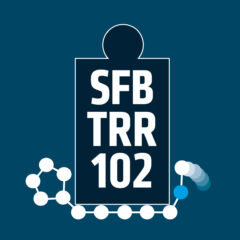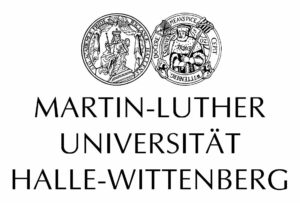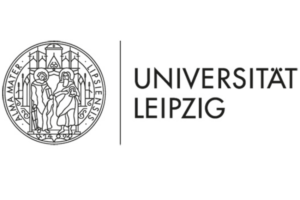Abel
The molecular mechanisms of amyloid peptide and protein aggregation – in particular near interfaces – were not very well understood at the time of this study. Nanoparticles had specific surfaces and interfaces that could interact with biomolecules. As outlined in the proposal, there was growing concern that nanoparticles could catalyze amyloid protein aggregation and thus cause amyloid-related diseases.
We discovered that metal nanoparticles (external constraint) could accelerate short amyloid peptide aggregation and fibrillation. We found a nucleation mechanism starting with biomolecule interaction, adsorption, and self-organization in a nanoparticle peptide corona that seeded amyloid peptide/protein aggregation and fibrillation and ended up in large fibrils embedding the nanoparticles. In the literature, there were also reports of a deceleration of protein/peptide aggregation near nanoparticle surfaces. In the present project, researchers aimed to further shed light into this and investigate the formation and the dynamics of the biopolymer corona near interfaces. We used and employed nanoscale imaging techniques like TEM, REM, and AFM. Complementing spectroscopic tools such as IR- and NMR-spectroscopy provided novel and unique insights on the structure and dynamics of interfaces. Beyond nanoscale imaging techniques, we employed advanced IR spectroscopic techniques at surfaces to monitor structural changes of peptides and shed light into (possibly) ‘universal’ aggregation mechanisms. In addition, we wanted to investigate the aggregation of amyloids into fibrils that were immobilized at magnetic bead surfaces. This application featured self-assembled hybrid peptide nano-fibrils (PNF) used for the coating of magnetic microbeads in order to employ these constructs for isolation and release of viruses. Finally, we wanted to investigate whether the interaction and aggregation of amyloids and modified amyloids near solid and soft interfaces were different or not. Molecular dynamics simulations were employed to unravel the molecular interaction mechanisms and structure formation of peptides at surfaces, an approach which had been very successful in the past.
Highlighted Publications:
- Torsten John, Anika Gladytz, Clemens Kubeil, Lisandra L. Martin, Herre Jelger Risselada, and Bernd Abel, Impact of nanoparticles on amyloid peptide and protein aggregation: a review with a focus on gold nanoparticles Nanoscale 10, 20894 (2018)
- Anika Gladytz, Bernd Abel, and Herre Jelger Risselada, Gold-Induced Fibril Growth: The Mechanism of Surface-Facilitated Amyloid Aggregation Angew. Chemie Int. Ed. 55, 11242-11246 (2016)
- Torsten John, Stefania Piantavigna, Tiara J. A. Dealey, Bernd Abel, Herre Jelger Risselada and Lisandra L. Martin (2023). Lipid oxidation controls peptide self-assembly near membranes through a surface attraction mechanism. Chemical Science, 14(14), 3730-3741


